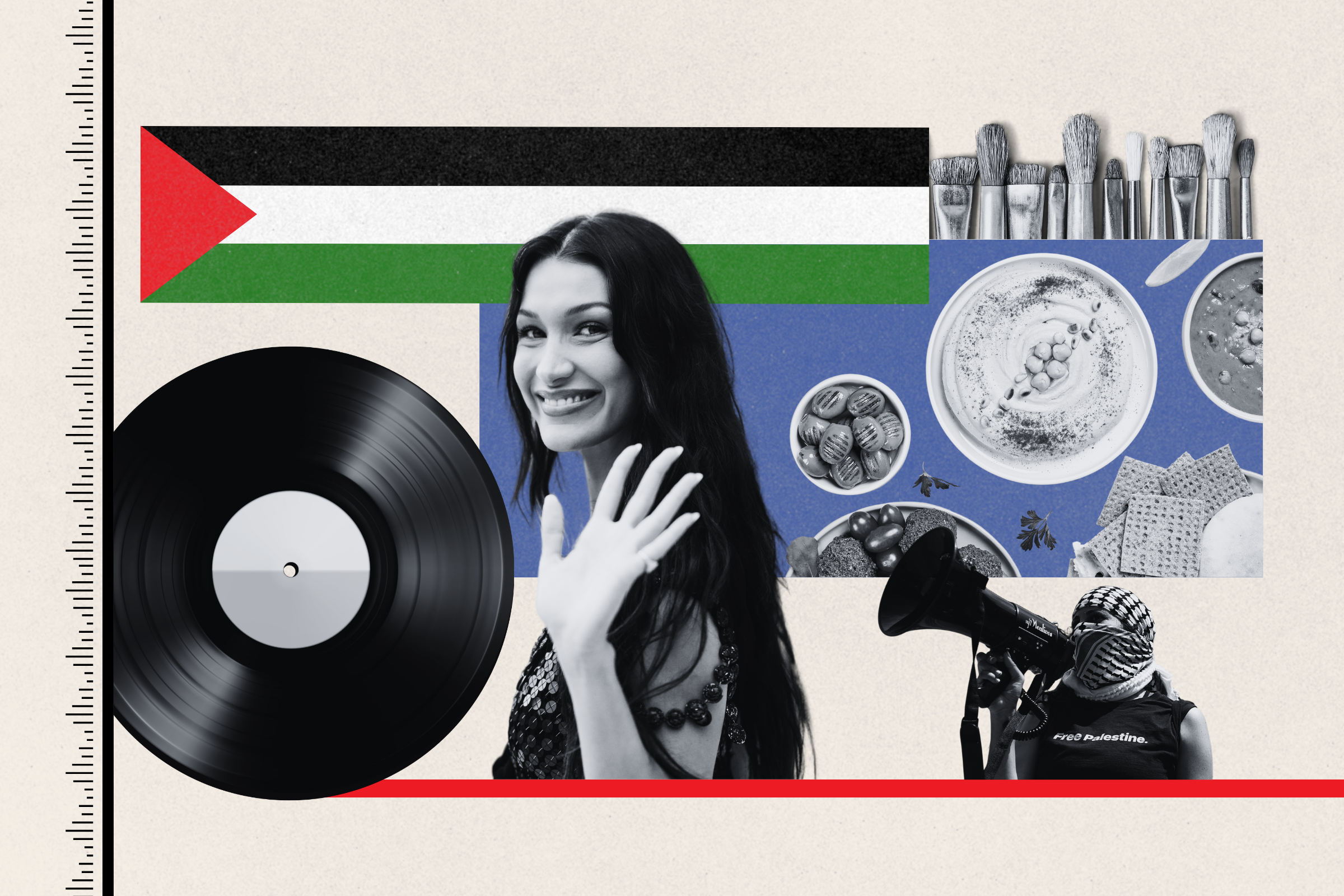The ongoing conflict in Gaza has sparked a unique movement on social media, centered around the celebration of Palestinian art and culture. People are using platforms to share short films, visual art, fundraising events, and fashion, keeping Palestinian heritage alive even in times of tragedy. With more than 40,000 lives reported lost due to the conflict, advocates are finding solace and strength through artistic expression.
Model Bella Hadid, of Palestinian descent, is a prominent figure in this creative protest. She’s been involved in various projects that highlight Palestinian artistry, collaborating with artists like Canadian-Sudanese musician Mustafa on the impactful short film “Gaza Is Calling,” which features powerful narratives rooted in the ongoing violence in Palestine.
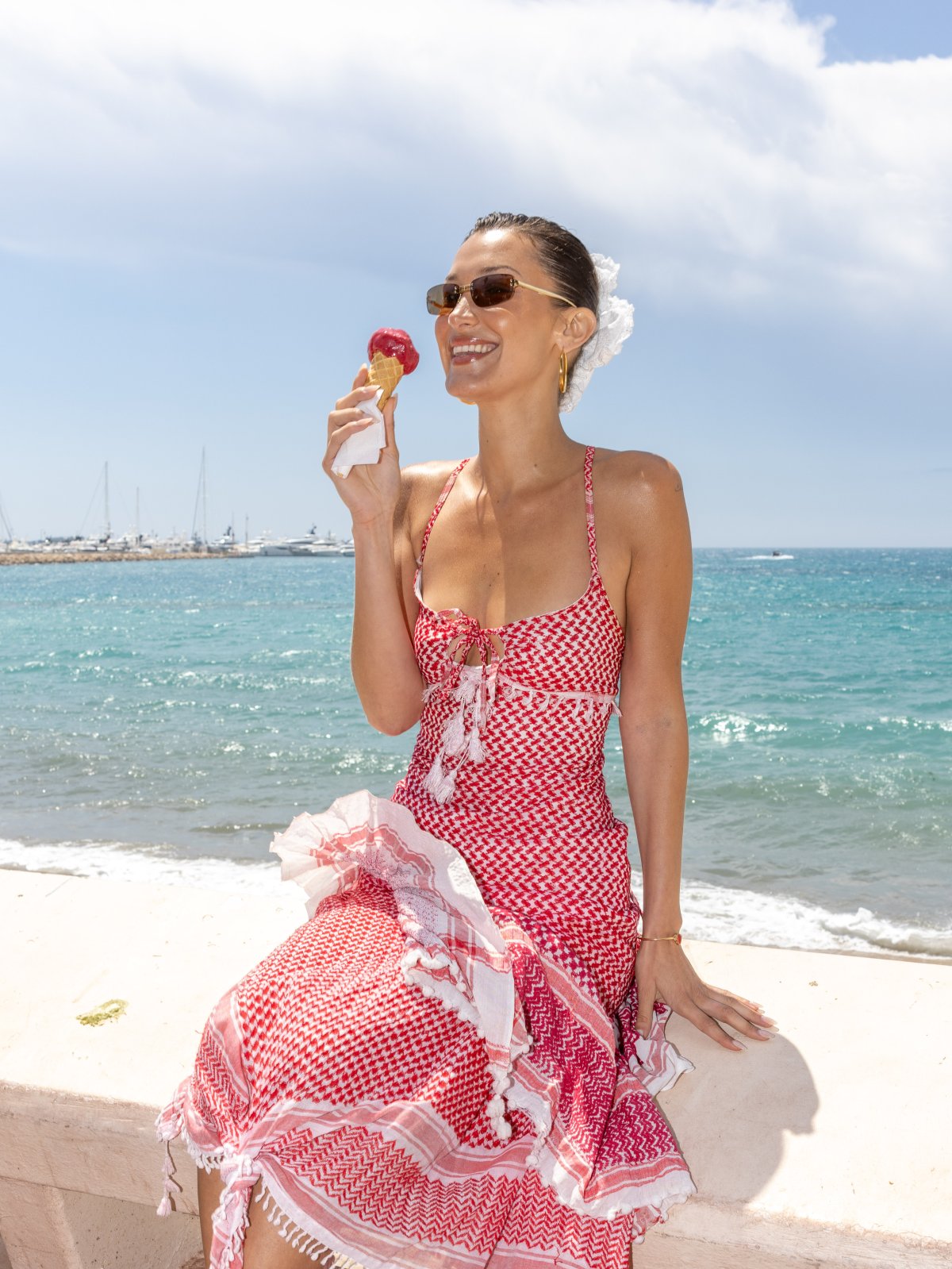
Arnold Jerocki/Getty Images Entertainment/GC Images
Hadid made waves at Cannes by donning a dress crafted from keffiyeh fabric, using fashion as a means to honor her Palestinian roots. The keffiyeh, introduced to the world by Yasser Arafat in the 1960s, has become a strong symbol of Palestinian identity and solidarity.
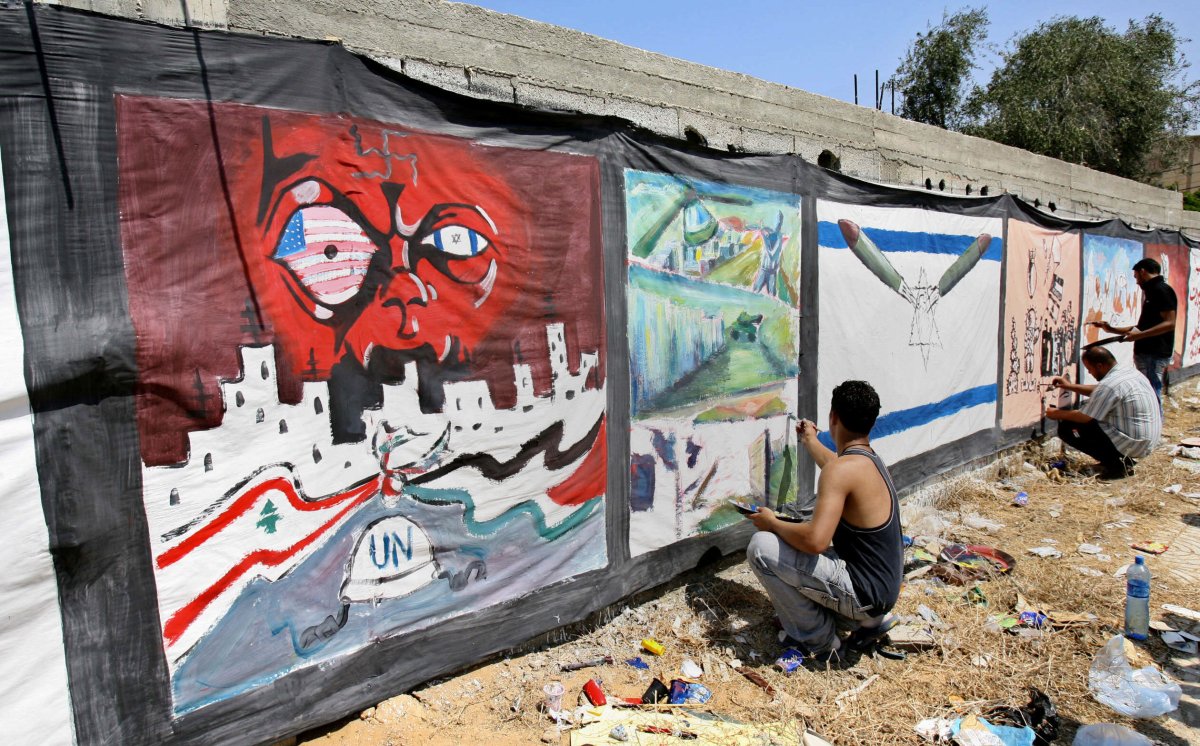
SAID KHATIB/Getty Images Entertainment/GC Images
Art is providing a platform for Palestinian voices, with artists like Sliman Mansour emphasizing its role in telling the Palestinian story. He believes that showcasing culture and art is crucial for rehumanizing the Palestinian people amid the ongoing conflict and ensuring the younger generation doesn’t forget their heritage.
The conflict between Israel and Hamas escalated sharply after the October 7 attacks last year. This has led to a wave of creative expression from both Palestinian and Israeli artists as they seek to process their experiences through various mediums, such as murals and documentary films.
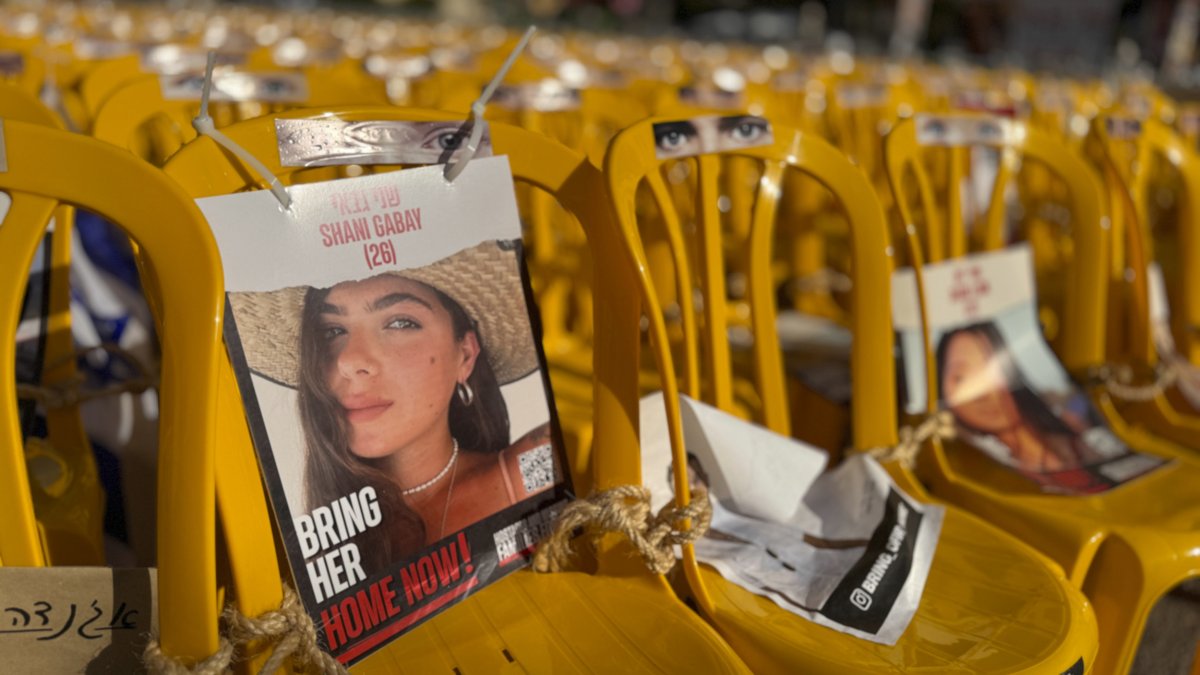
Pavel Nemecek/CTK via AP Images
Organizations like War Child have highlighted the importance of art during conflict. By providing a voice to those affected, art becomes a powerful medium for expression and awareness, serving as a vehicle for protest and healing alike.
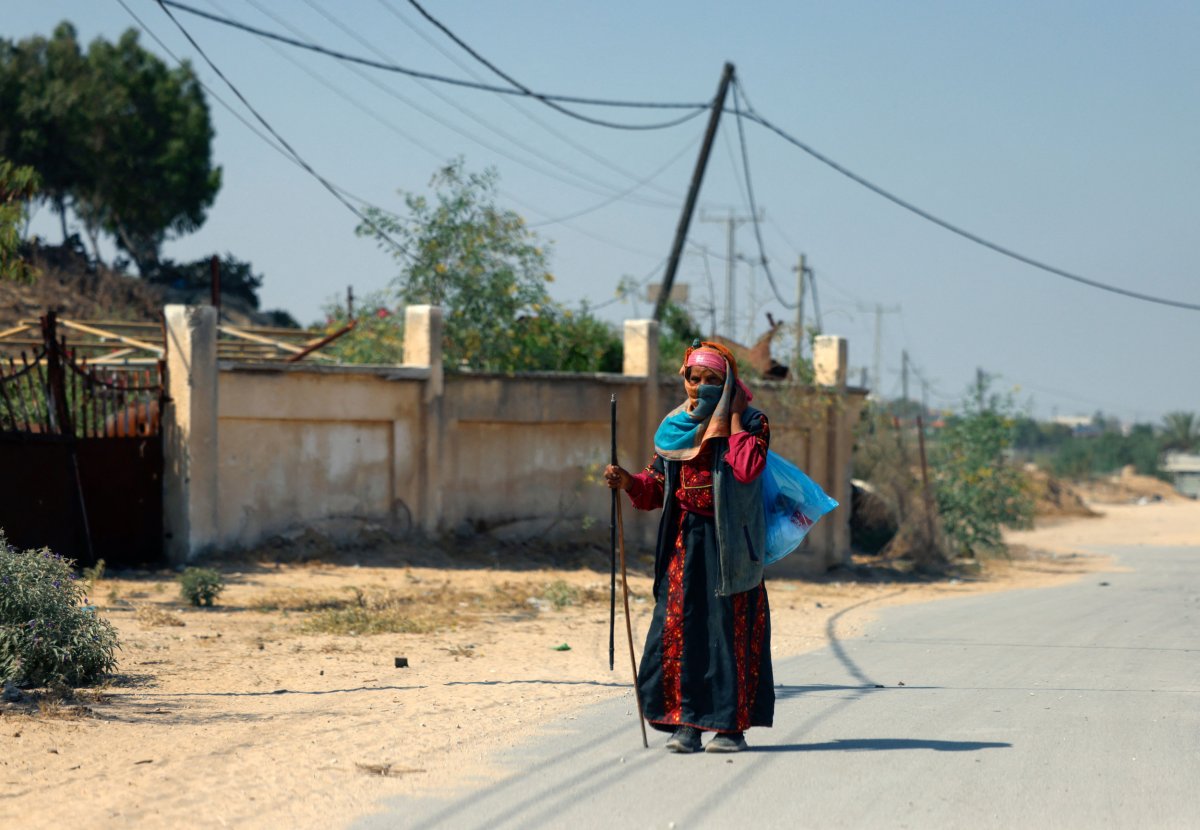
Getty Images Entertainment/GC Images
Traditional practices like Tatreez embroidery reflect the rich Palestinian heritage and serve as symbols of resilience. As Barakawi explains, creating and wearing these patterns assert a cultural identity and a resistance against erasure.
Fashion brands like Trashy Clothing also aim to spark dialogue through design. Their storytelling-driven approach reinforces the narrative of joy and anti-colonialism in a troubling context, garnering support from figures like Mia Khalifa.
Social media has become a vital space for the proliferation of Palestinian art and culture, especially among younger generations. Platforms like Instagram and TikTok allow for community building and increasing awareness, enabling individuals to transcend traditional media narratives.
In this digital age, platforms have created connections among Palestinians and their diaspora. As Barakawi aptly notes, these online spaces foster a sense of unity through shared artistic and cultural expressions.
